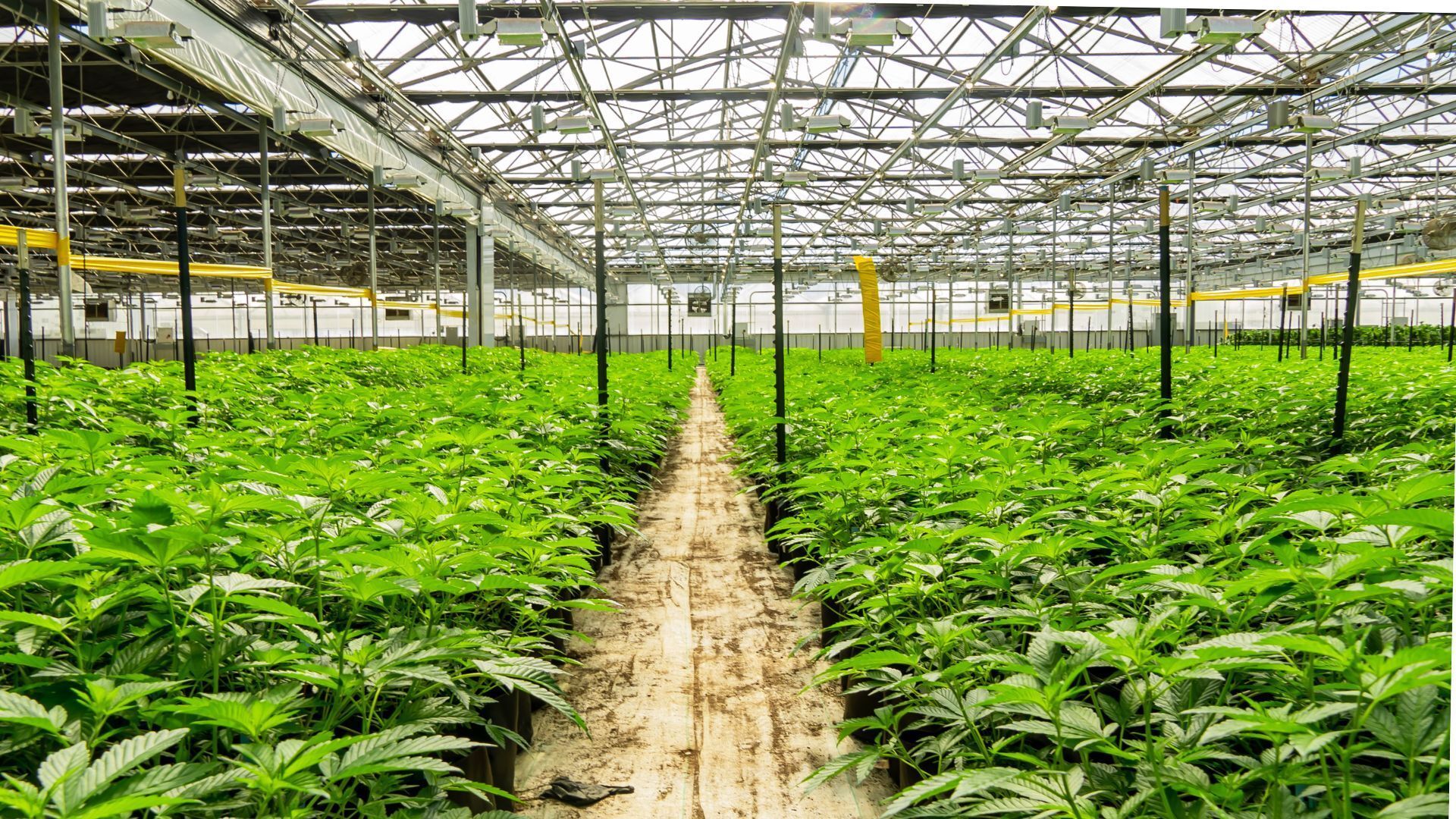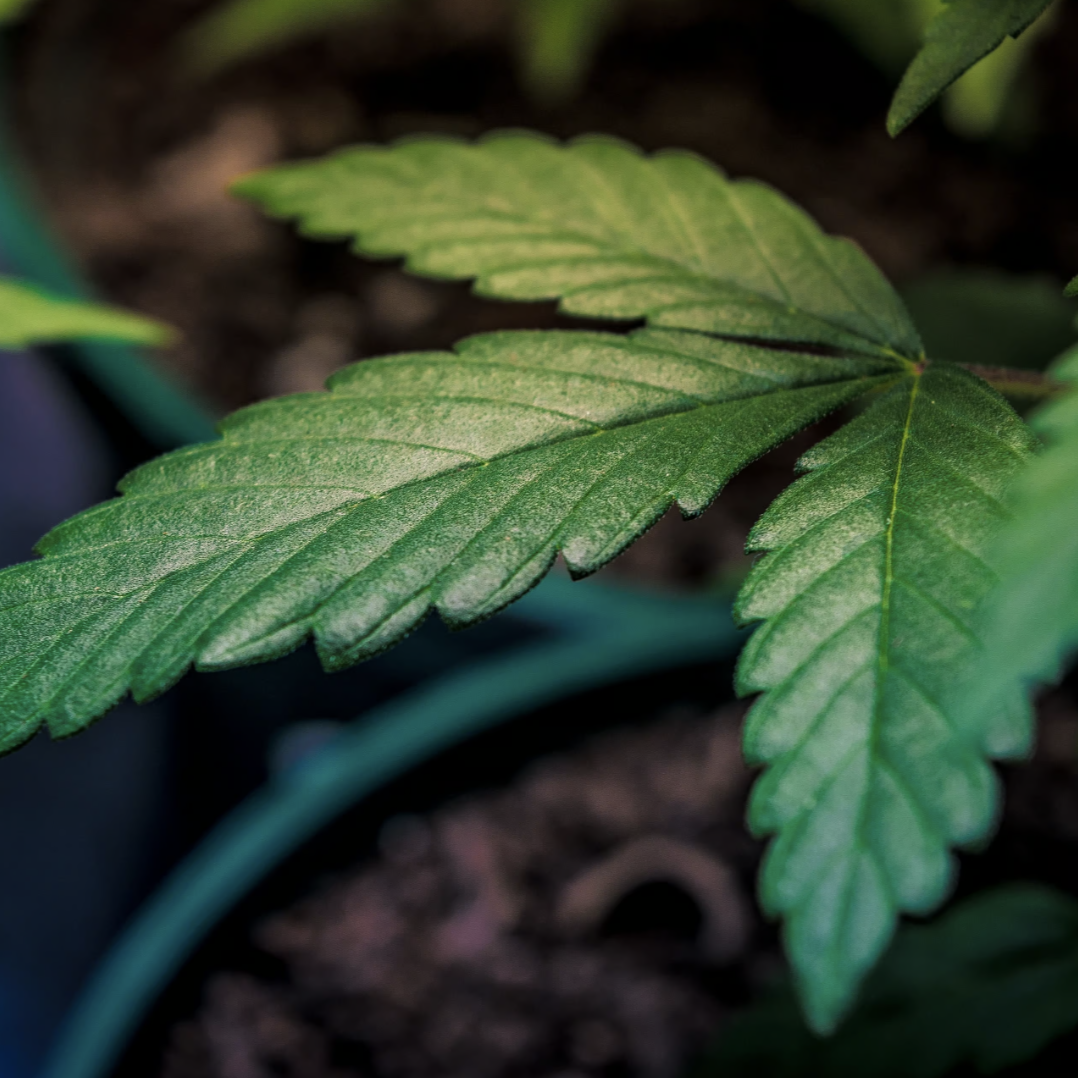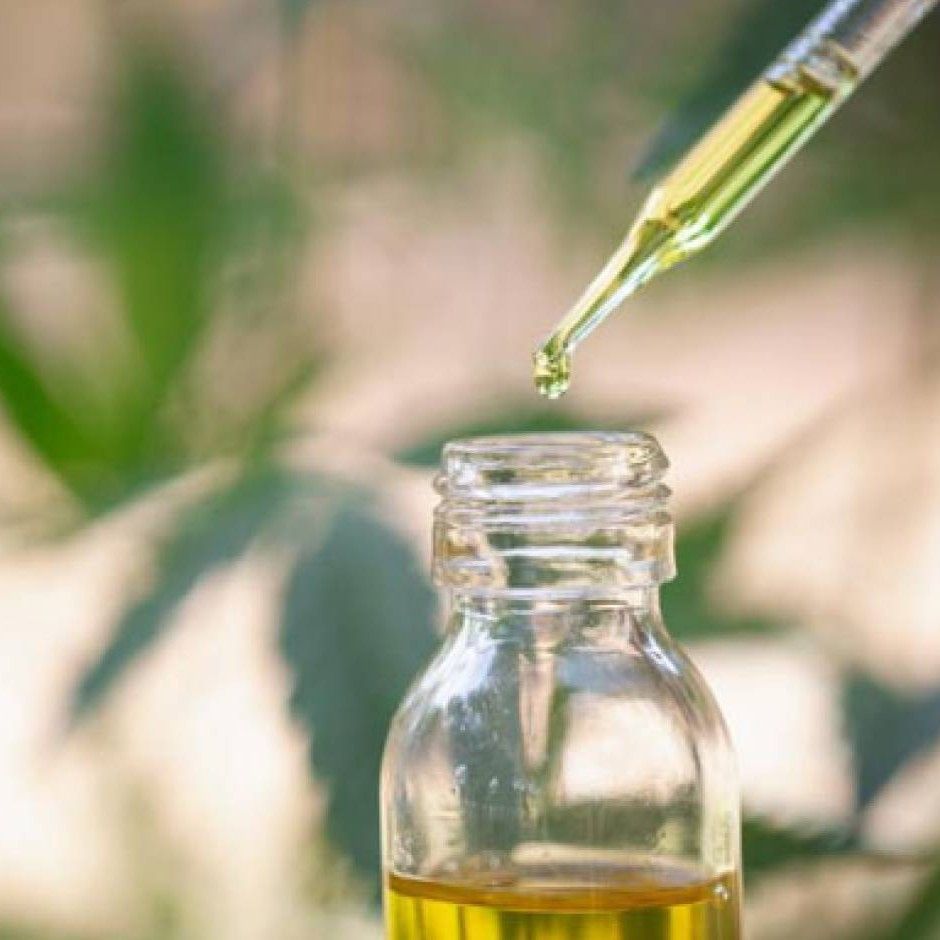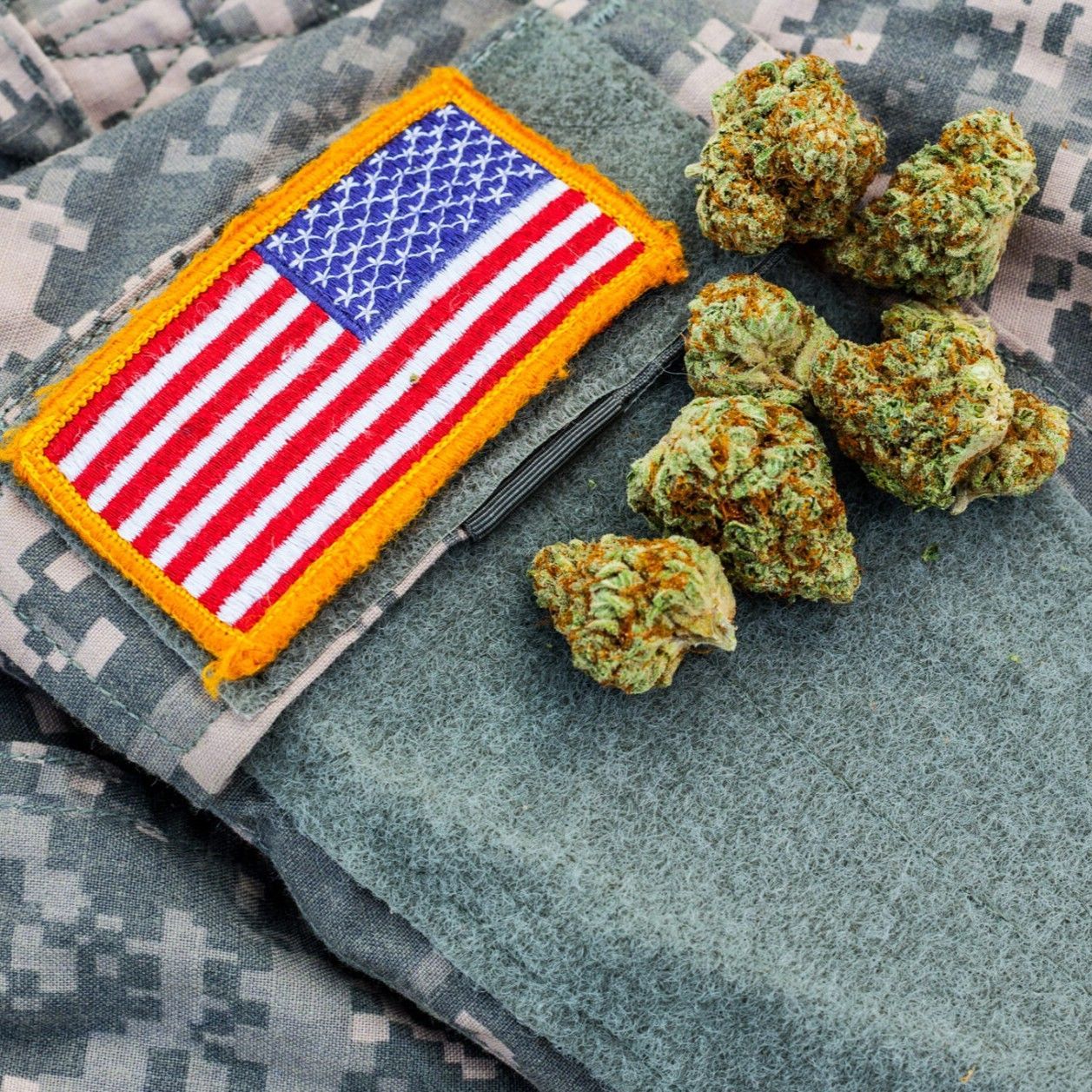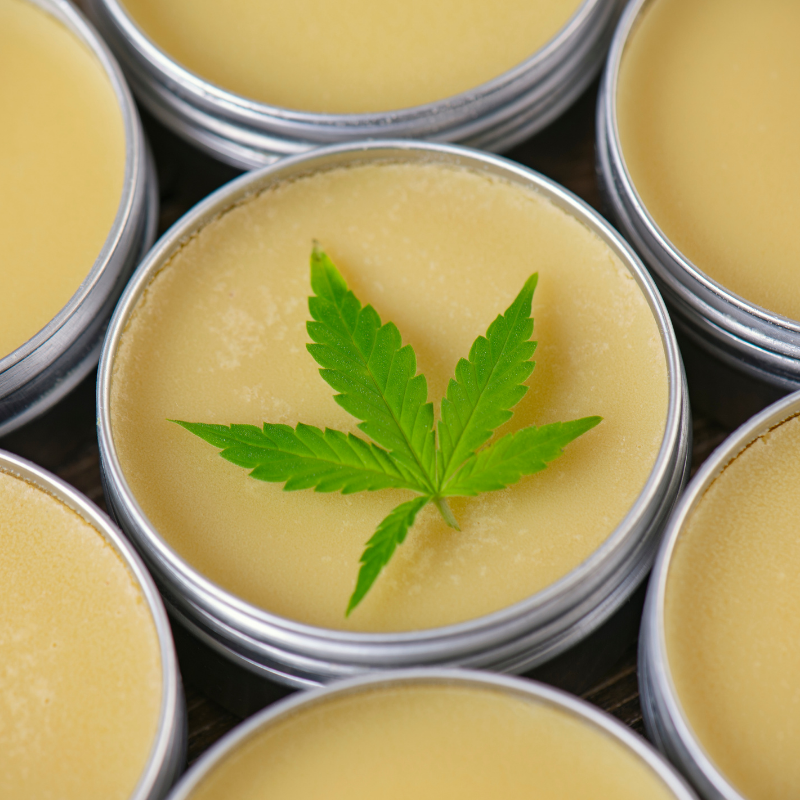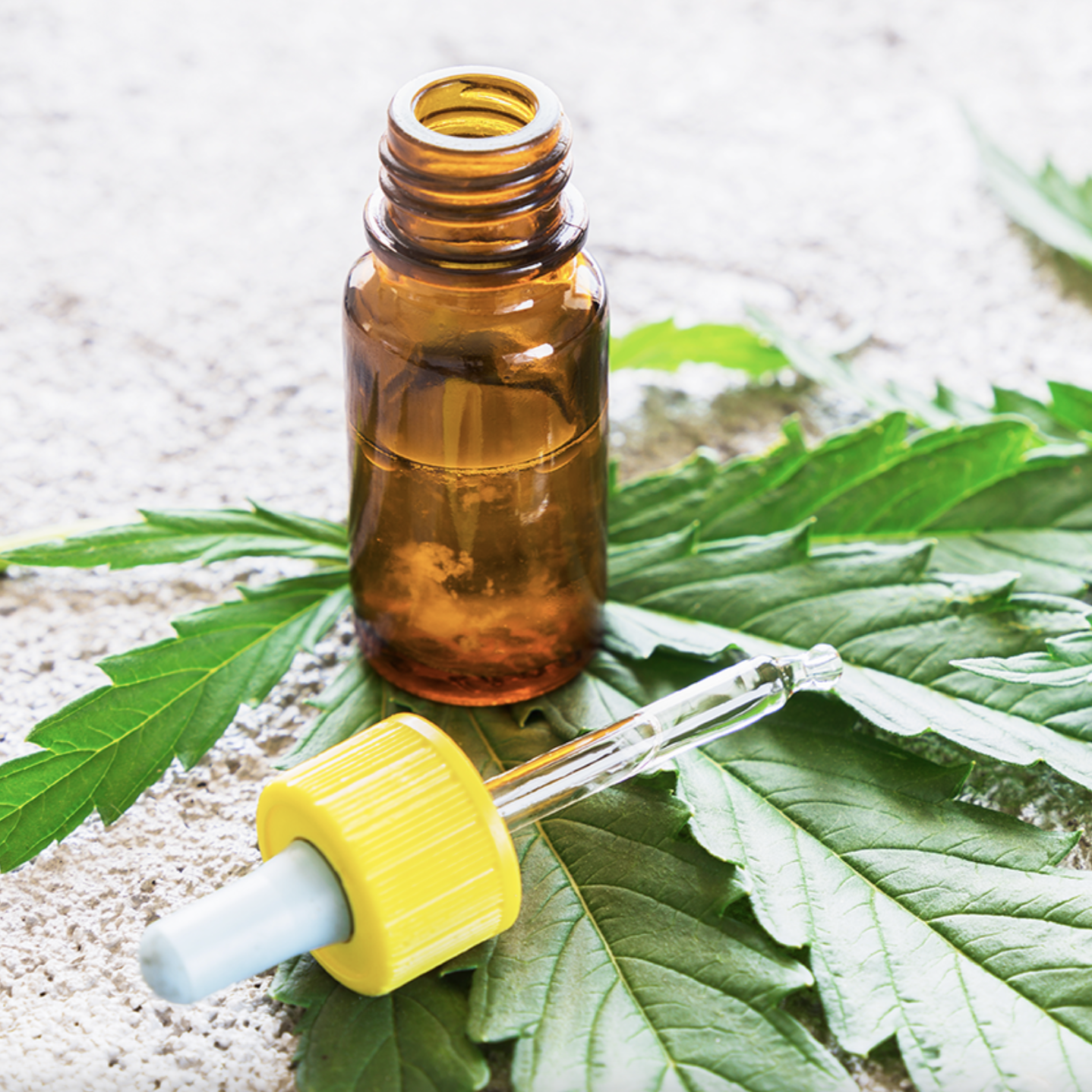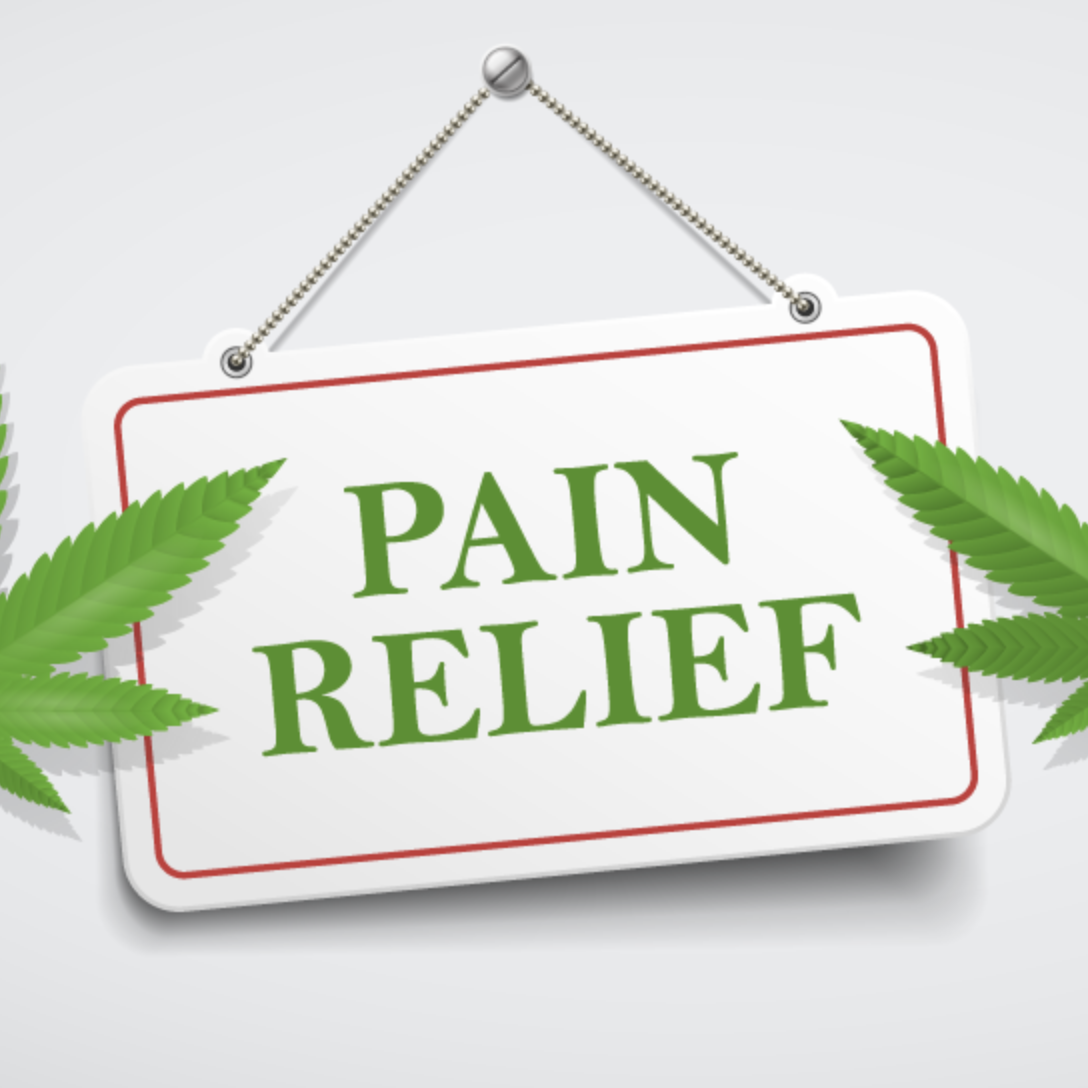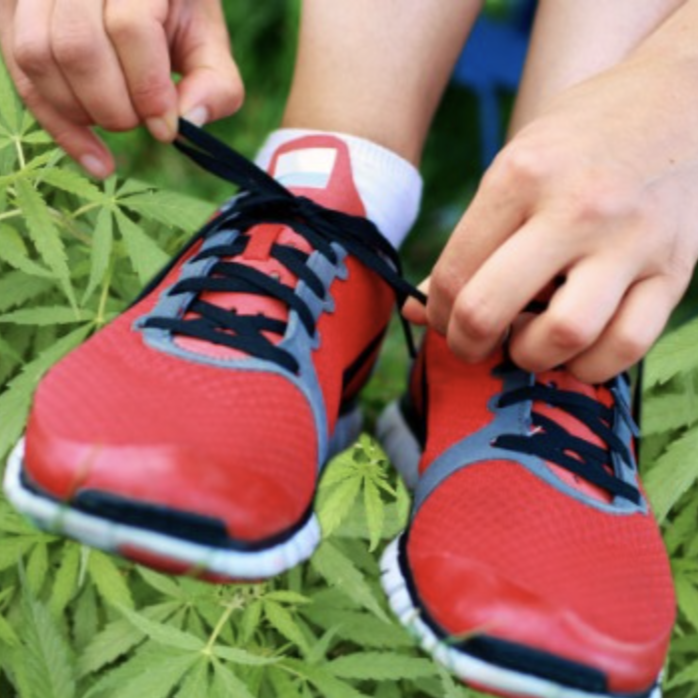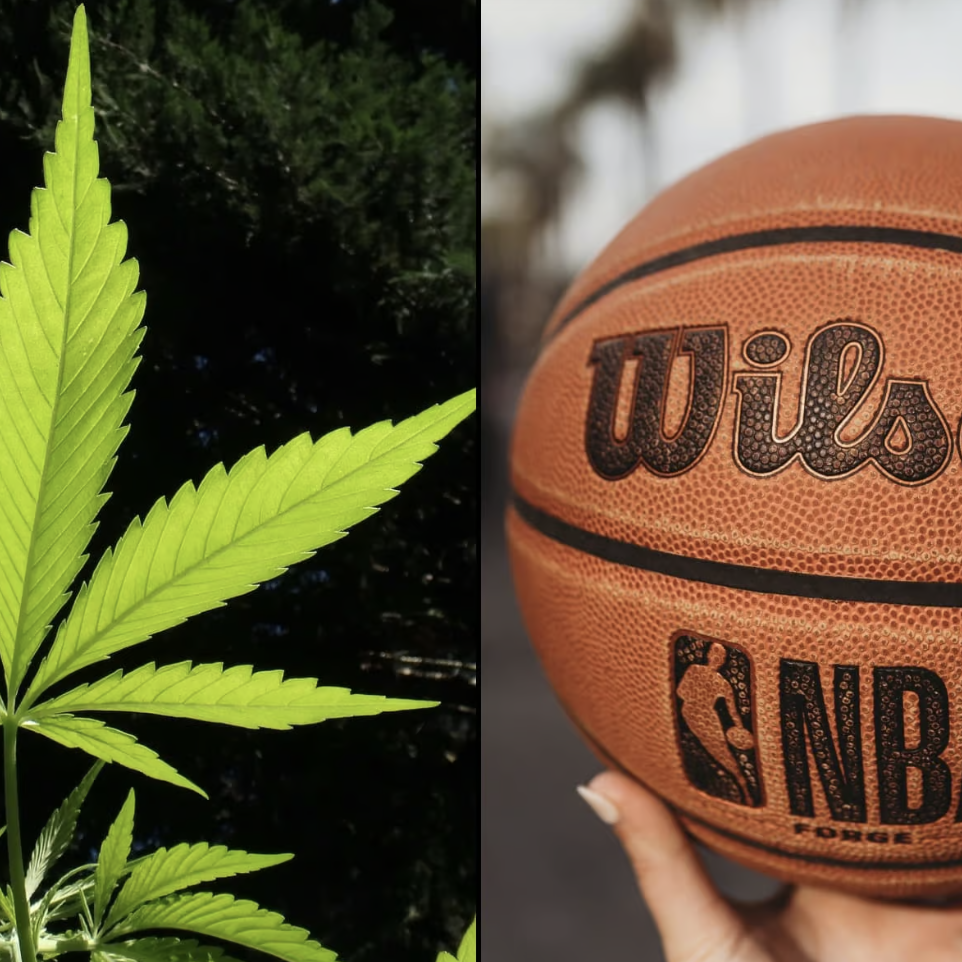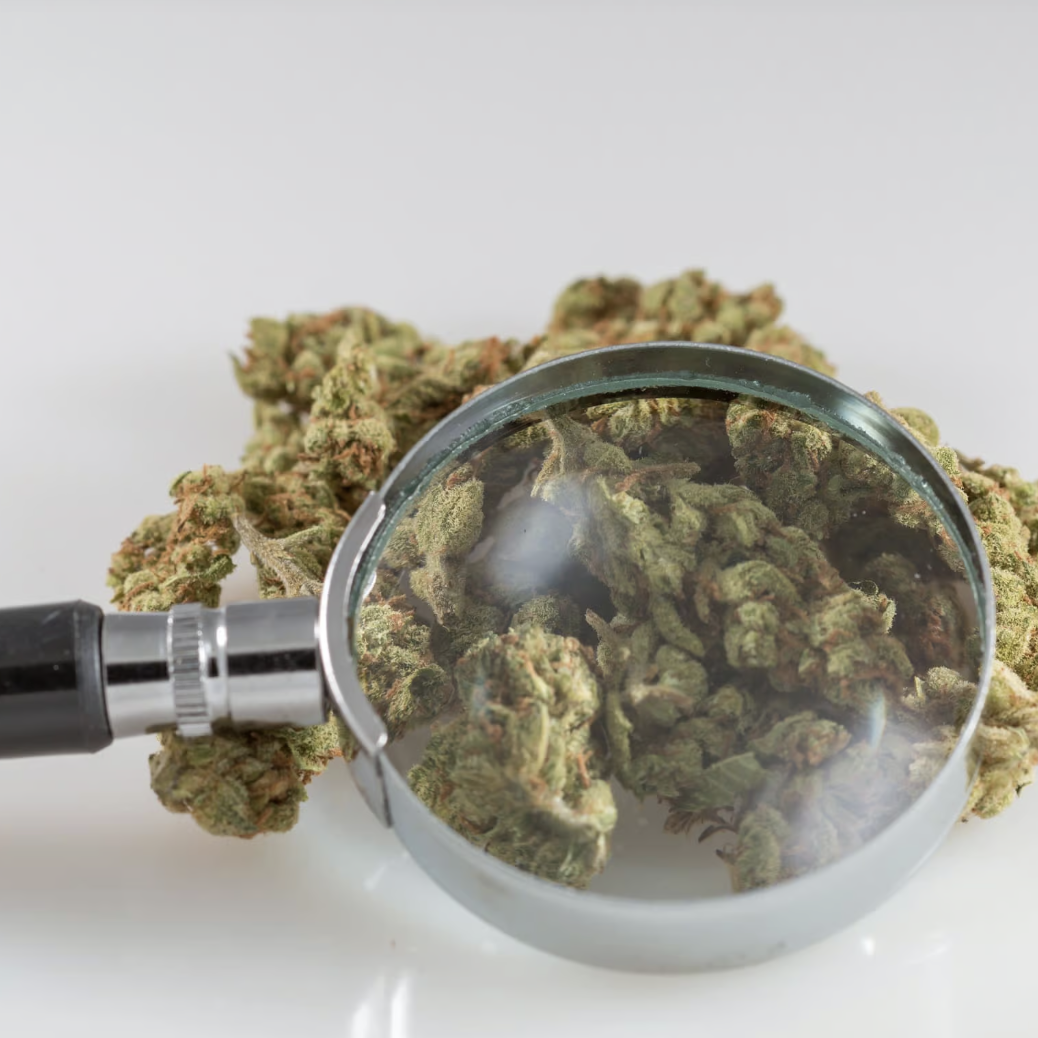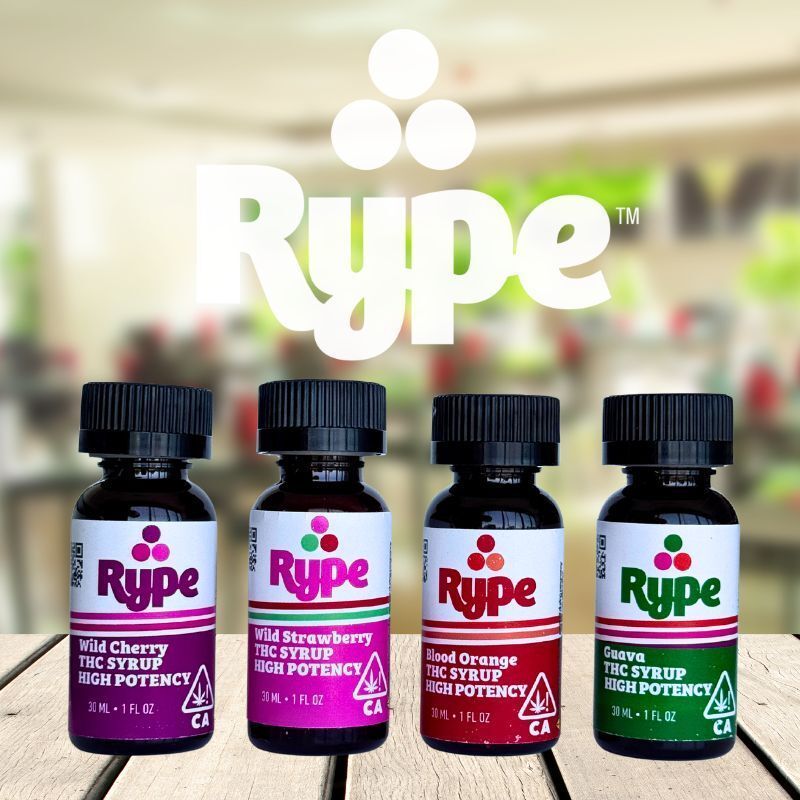Study: Rising Percentage of Seniors Acknowledge Regularly Consuming Cannabis
An estimated seven percent of US adults ages 65 and older acknowledge having consumed cannabis within the past month, according to data published yesterday in the journal JAMA Internal Medicine.
Investigators reported that those with higher incomes and those seniors suffering from chronic health conditions were most likely to report current cannabis use. The study’s findings are consistent with data provided by AARP and others finding that a growing percentage of older adults are turning to cannabis, often for therapeutic purposes.
Many older adults struggle with pain, anxiety, restless sleep, and other conditions for which cannabis products often mitigate. Many older adults are also well aware of the litany of serious adverse side-effects associated with available prescription drugs, like opioids or sleep aids, and they see medical cannabis as a practical and potentially safer alternative.
Separate survey data published in 2024 determined that most older adults possess positive perceptions about cannabis, and several recent studies show that marijuana use is typically associated with quality of life improvements in seniors.
